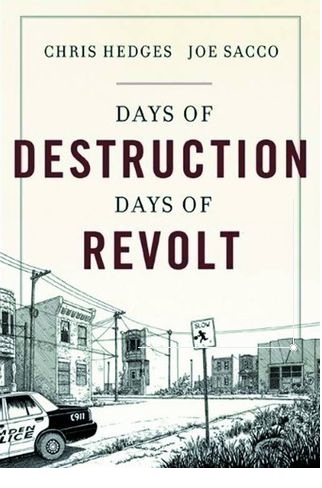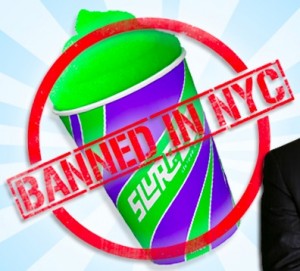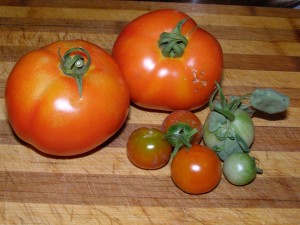¡Espanõl parlantes siempre bienvenidos! Visite http://greendrinks3.org para mayor información.
UPCOMING GREEN DRINKS 3
Newark | 1st Mondays @ 7-9pm | (06 August)
Hackensack | 2nd Mondays @ 7-9pm | (09 July)
Paterson/Clifton | 3rd Tuesdays @ 7-9pm | (17 July)
(complete details at http://greendrinks3.org)
Green Drinks Hackensack | Mon 09 JULY @ 7-9pm
Victor’s Maywood Inn
122 W. Pleasant Avenue, Maywood, NJ
Find us in the lounge area or call 862-203-8814
DISCUSSION THEMES THIS MONTH
How are residents supported by the municipal and county government? What’s the role of trees, biking and walking in a healthy community? How can we eliminate raw sewage from ending up in our rivers and streams?
GREEN DRINKS GATHERINGS ARE
Not about drinks: they’re about the environment!
Admission: Always free
Food: Pay only for food and drinks you order
Parking: free on site and on street
Public transit: check http://njtransit.com
Want to carpool? Let us know mailto:kimi@thewei.com
GREEN DRINKS ARE COMPLETELY OPEN
New and old friends gather at Green Drinks for an hour or two to exchange information and share company. Some drop by briefly to impart a bit of interesting news. Join us and be part of building a friendly sustainable community one person at a time. Green professionals and local residents always especially welcome.
WHAT WE DO AT GREEN DRINKS
Green Drinks is a relaxed social event where serious issues are discussed, like protecting the ENVIRONMENT and practicing SUSTAINABILITY. We talk about alternative energy, the emerging green economy and jobs, healthy food and gardening, conserving culture, celebrating arts, environmental and social justice . . . Communities with safe walking and biking routes (aka Complete Streets), good quality air and water, healthy local economies . . . and happiness.
Cheers,
Kimi , Yulie, Sally, Angenett and Jorge Ivan
CONTACT US
Ivan 201-688-0036
Kimi 862-203-8814
kimi@thewei.com
@greenwei
http://greendrinks3.org
=================================
ACTIONS & ANNOUNCEMENTS
=================================
99% SPRING GROUP MEMBERS
You are welcome at any Green Drinks meeting. We are always ready to discuss plans for actions and volunteer opportunities.
=================================
Help Protect National Forests
America’s national forests provide essential habitat for lynx, grizzlies and other wildlife — and clean water for millions of Americans. Yet new rules could threaten the sanctity of these special places, paving the way for more logging and more destructive development on our national forests. Help protect these special places. Sign the petition online at: http://dfnd.us/vYt93D
=================================
Irvington Youth Save Our Schools
NEW DATE TBA @ 6-7:30pm
Irvington Public Library
5 Civic Square, Irvington, NJ
Join the next strategy session on how Irvington high school students can become leaders of transformation and positive change in both their communities and their own lives. Parents, residents, those able to contribute as mentors or collaborators – and especially, Irvington High School students are welcome to attend.
This initiative is being led by Kimi Wei, Sustainable Community Consultant, and Jordan Geffrard, Irvington High School graduate and is being sponsored by Green Drinks Newark http://greendrinks3.org. We look forward to hearing your ideas and learning how you are able to lend a hand
Read more at http://greenwei.com/blog/coalition-to-empower-irvington-high-students-meets-517/
=================================
#140edu conference on impact of real time web on education
and the state of education today.
Curated by Jeff Pulver, the creator of Vonage
Tues 31 July 2012 @ 8am-5pm and
Wed 01 Aug 2012 @ 8am-5pm
92nd Street Y on Lexington Avenue
New York City, NY
STEM and other educators pay only $1.40 – apply for the special rate at http://edu2012.stateofnow.com/educator
With 5% OFF promo code XORUM1IF
Students and parents pay only $13.30
General public pays only $133.00
Using the promotion code gives you 5% off and sends a gift to Green Drinks 3. http://www.amiando.com/140edu12.html?discountCode=XORUM1IF
Learn more at http://140edu.com
See it on Facebook at https://www.facebook.com/events/155798231222705/
=================================
Coalition to Save Our Homes
MEETING EVERY MONDAY NIGHT @ 7pm
Irvington Public Library
5 Civic Square, Irvington, NJ
AND, MARCH ON SATURDAY JULY 21 2012 @ 11:30
Gather in Civic Square, Irvington
Join this group’s weekly meetings to learn about how banks are taking unfair advantage of people’s ignorance of the law and financial transactions to collect on mortgages that they may not own. Mortgage payments often don’t get credited to homeowners’ accounts and people are losing their homes despite paying. Help bring these issues into the light and advocate for proper legal enforcement of laws that protect Americans against this type of abuse.
March to protest what makes the abuse possible:
End Robo signing
Reduce principal to current value
Prosecute predatory lenders
Make banks follow rule of law
=================================
The People’s Organization for Progress (POP) Daily Protest for Jobs, Peace, Equality, and Justice ends on July 11. Join POP and endorsing organizations for the rally and march to celebrate 381 days of continuous protest.
Daily Location: @ intersection of Springfield Avenue
& West Market Street (by the Lincoln Monument)
WEDNESDAY 11 JULY
4pm RALLY and 5pm MARCH to Newark City Hall
Daily rallies are held through 11 July. Feel free to join any day
4:30pm-6pm Monday-Friday and 2pm-3pm Sunday @ Lincoln Monument
12noon-2pm Saturday @ corner of Broad & Market Streets
For more information
(973) 801-0001 mailto:info@njpop.org or http://www.njpop.org
=======================
Tell the EPA to clean up Ford’s mess in Ringwood!
Journalist Jan Barry started the research on the tragic and intentional pollution of a housing development which was home to members of a tribe of Ramapough Indians in Ringwood, NJ, and collaborated with HBO to create Mann v. Ford, a moving documentary about the crushing impact this has had on the health of tribe members as well as the water source for the entire region.
The site was prematurely de-listed by the EPA from its Superfund cleanup status, and several years later became the first site to be listed for a second time. Ford has resisted taking responsibility for the poisonous effects on tribe members of the toxic paint sludge it trucked in under cover of nightfall every day for many years, and has also resisted funding the cost of cleanup.
Make sure the EPA knows you support the clean-up of the Ramapough Indian’s by (Action 1) signing the Change.org petition and (Action 2) sending a letter to the EPA. Petition and sample letter available at
Tell the EPA to clean up Ford’s mess in Ringwood
=======================
OUR SPONSOR
Eco Galleria at the Historic Oradell Train Station
400 Maple Avenue, Oradell, NJ
201-447-GIFT (4438)
http://www.ecogalleria.com
Eco Galleria carries both fun and fine items handcrafted by artists from throughout the Americas in many shapes and price ranges. We carry eco-friendly jewelry, pottery, glass, wood, fiber, watches, bags and more – and are the perfect gift source for the men, women and children in your life. Call ahead to have your gift boxed, wrapped and ready for pick-up.
=======================
Interested in sponsoring Green Drinks too? We communicate with about 6000 north Jersey residents each month. Contact Kimi for information and rates mailto:kimi@thewei.com 862-203-8814
=======================
 Tim Knight shares a review of the book. Now I can’t wait to read it.
Tim Knight shares a review of the book. Now I can’t wait to read it.


